Recirculating shrimp farming not only helps shrimp stay disease-free but also saves costs due to less use of chemicals, antibiotics and less water changes - Photo: CHI QUOC
In particular, the water circulation farming technique is no longer strange to shrimp farmers in Bac Lieu, and even many large enterprises said that the model being applied originated from shrimp farming households. These models help reduce costs in shrimp farming while the shrimp are disease-free and can be sold at high prices.
Shrimp grow fast, less disease
Introducing the zigzag-shaped ponds, Mr. Le Anh Xuan, general director of Truc Anh Biotechnology Company Limited (Vinh Trach commune, Bac Lieu city), said that this is a new farming model that follows the water circulation direction, using almost no outside water, which helps shrimp grow faster than conventional farming methods.
To implement this model, the company sets aside a small area of land to collect and treat wastewater (filtered through layers of mesh and a biological filter layer), pumping the treated water through settling ponds designed in a zigzag pattern to ensure the water is completely filtered, before being passed through the fifth pond and pumped back into the farming pond.
Because of good control of pollution sources, the entire shrimp farming stage from small to mature does not require the use of antibiotics for shrimp, nor does it cost money to buy chemicals to treat water, so it saves a lot of costs. "Without using antibiotics, diseases such as white liver, empty intestine, and loss of pancreas in shrimp are not present. This farming model also only changes less than 5% of the water every day, instead of having to change 20-30% of the water as usual," said Mr. Xuan.
Not far away, Mr. Pham Van Chu with a farming area of 6 hectares also invested in a water circulation model but simpler. Specifically, Mr. Chu only arranged a piece of land in the middle of the farming area to make a wastewater reservoir to filter through many layers of nets and then bring it to a settling pond to wait for pumping to the farming ponds. The water will be brought to another settling pond, where fish will be raised to naturally filter the water once more before releasing it into the environment, the water is almost completely clean.
"If the water is dirty, the fish cannot live in this storage area. You can't stand standing here because the water smells immediately," said Mr. Chu, adding that this farming method does not cost much and the shrimp do not get sick during the farming process. Mr. Chu boasted that after the recent harvest, traders found the quality of the shrimp so good that they agreed to buy it for 5,000 VND/kg higher than shrimp raised in the usual way.
Reduce costs with shrimp farming technology that requires little water change
According to the leader of the Department of Fisheries of Bac Lieu province, the model of shrimp farming according to the water circulation method as above accounts for a large number in Bac Lieu with about 80% of farming households. The situation of raising shrimp and then discharging waste directly into canals is almost gone, so the success rate of super-intensive shrimp farming is over 80%. In particular, the type of shrimp measuring 20 pieces/kg is very popular among the people.
Although not farming according to the water circulation model, many businesses in Soc Trang have implemented a shrimp farming model applying new techniques, achieving economic efficiency and environmental protection. Mr. Nguyen Dinh Duong, deputy director of Phu Nguyen High-Tech Company Limited (Phu Nguyen Company) - the unit is raising 10 ponds with an area of 1,000 m2/pond, said that the company chose the solution of raising shrimp with little water change through applying techniques and self-producing probiotics.
Therefore, even though the shrimp farming area is far from the main canal, the difficulty in getting water for shrimp farming does not affect the shrimp. Before the stocking season, the company's engineers take water into settling ponds, then treat it before supplying it to the farming pond. "During the farming process, we do not need to change the water much, do not use chemicals, nor do we disinfect, but only use enzymes to inhibit bacteria and clean the water, both minimizing risks and protecting the environment," said Mr. Duong.
By applying this technique, Phu Nguyen Company's shrimp reached the size of 70 - 80 shrimp/kg after only 58 days of farming, the cost of farming 1kg was only 52,000 VND. "This crop, we harvested four ponds, each pond reached 5 tons, the selling price was 92,000 VND/kg. Although the shrimp price has decreased sharply, with a high success rate and low input costs, we still have a lot of profit," said Mr. Duong.
According to Mr. Duong, in the condition of unsynchronized irrigation and polluted water sources, the application of shrimp farming techniques with little water change needs to be widely applied. From the success in recent years, Mr. Duong said the company is confident in expanding the area and scale of shrimp farming in the coming time.
Water collection area for water circulation treatment and waste treatment area in Vinh Trach commune, Bac Lieu city - PHOTO: CHI QUOC
Lack of capital for expanding high-tech shrimp farming According to the Department of Agriculture and Rural Development of Ben Tre province, this locality is rapidly converting from traditional intensive and semi-intensive farming to high-tech shrimp farming. Starting in 2018 with an area of only about 550 hectares, by the end of 2022, the whole province will reach 2,567 hectares with an average yield of 60 - 70 tons/ha of water surface, with an average profit of 700 - 800 million VND/crop. By 2030, Ben Tre's agricultural sector aims to develop 5,800 hectares of high-tech shrimp. However, Mr. Nguyen Van Buoi - Deputy Director of the Department of Agriculture and Rural Development of Ben Tre province - admitted that the transition to high-tech shrimp farming is facing some difficulties. That is, the irrigation infrastructure is not yet complete, the water supply and drainage system is not guaranteed, causing difficulties for production activities and disease control. In particular, people do not dare to invest boldly because the high-tech shrimp farming model requires large initial investment costs, not many people can afford it, and have not received support from banks. Need to complete irrigation and electricity infrastructure Talking to us, Dr. Tran Ba Hoang, director of the Southern Institute of Fisheries Science, said that shrimp farming in general and super-intensive farming in particular require irrigation systems that must meet the requirements of proactively providing timely and good quality saltwater and fresh water. This system must also ensure drainage of flooding, avoid the spread of pollution and disease-carrying water... Therefore, in the coming time, it is necessary to strengthen irrigation infrastructure in the direction of proactively supplying fresh and salt water; preventing flooding and high tides; and controlling pollution. "In addition, grid power infrastructure is considered particularly important to operate water fans to supplement oxygen, supply water, and discharge water for specialized and super-intensive shrimp farming areas. In addition, it is necessary to synchronously invest in related services such as processing and preserving aquatic feed...", Mr. Hoang said. |
According to TTO
Source link


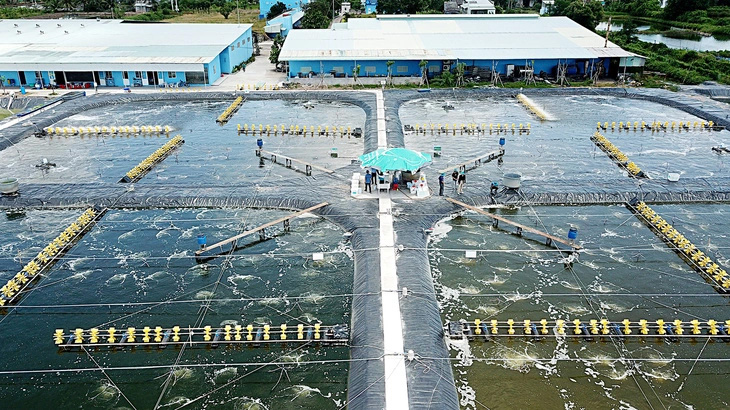
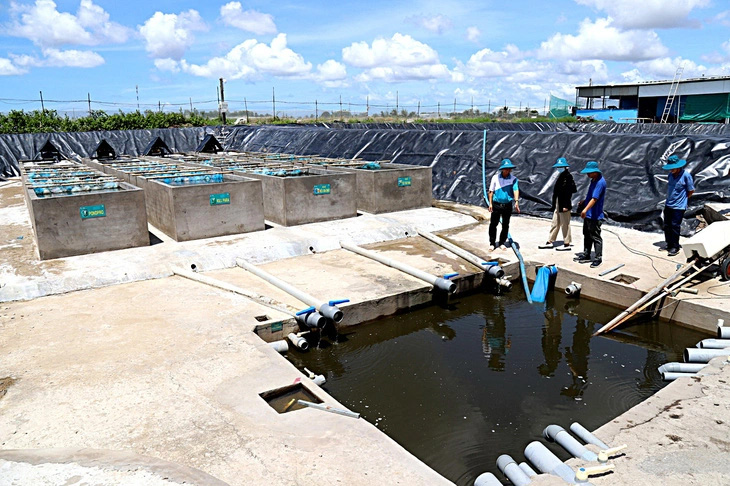
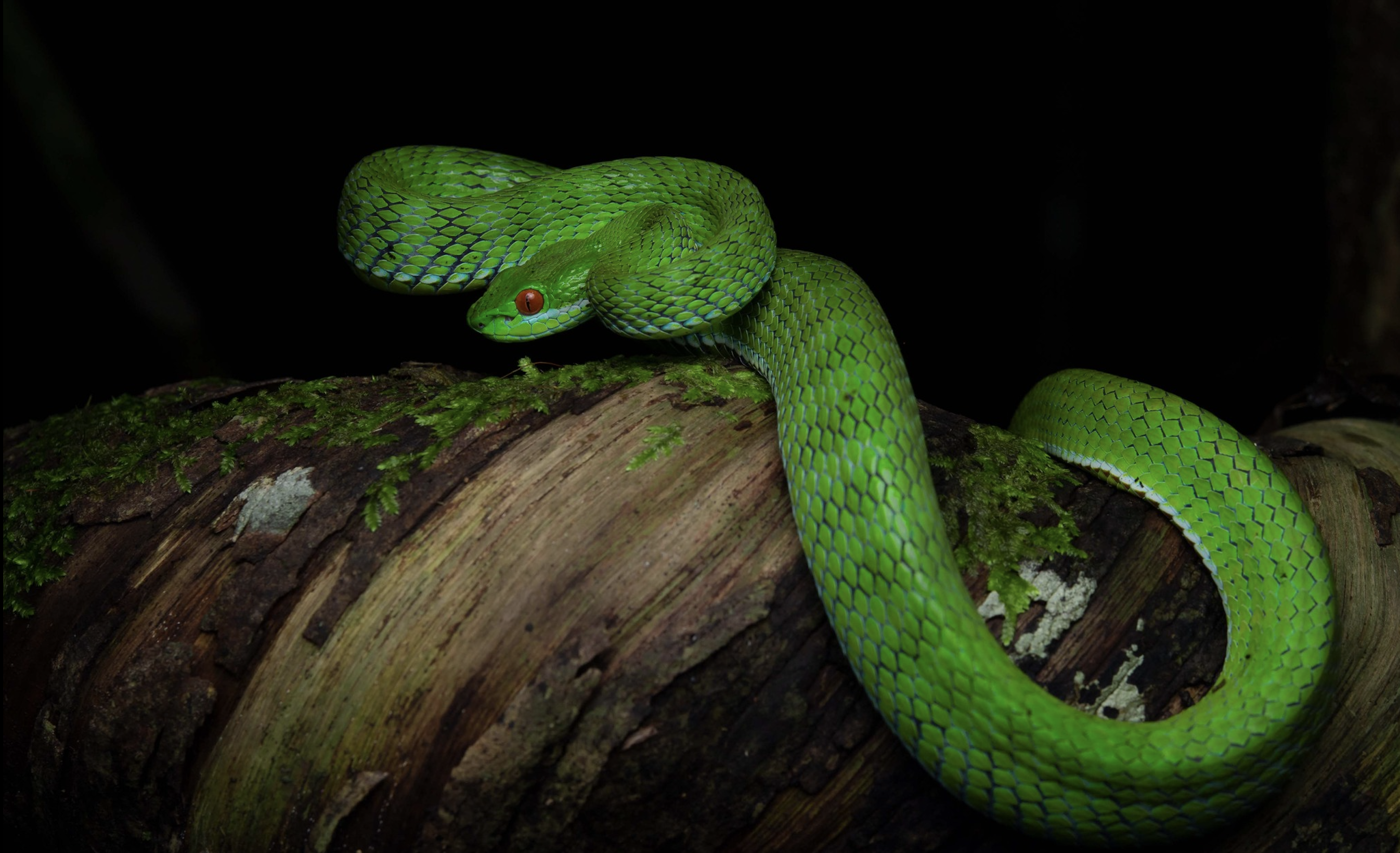



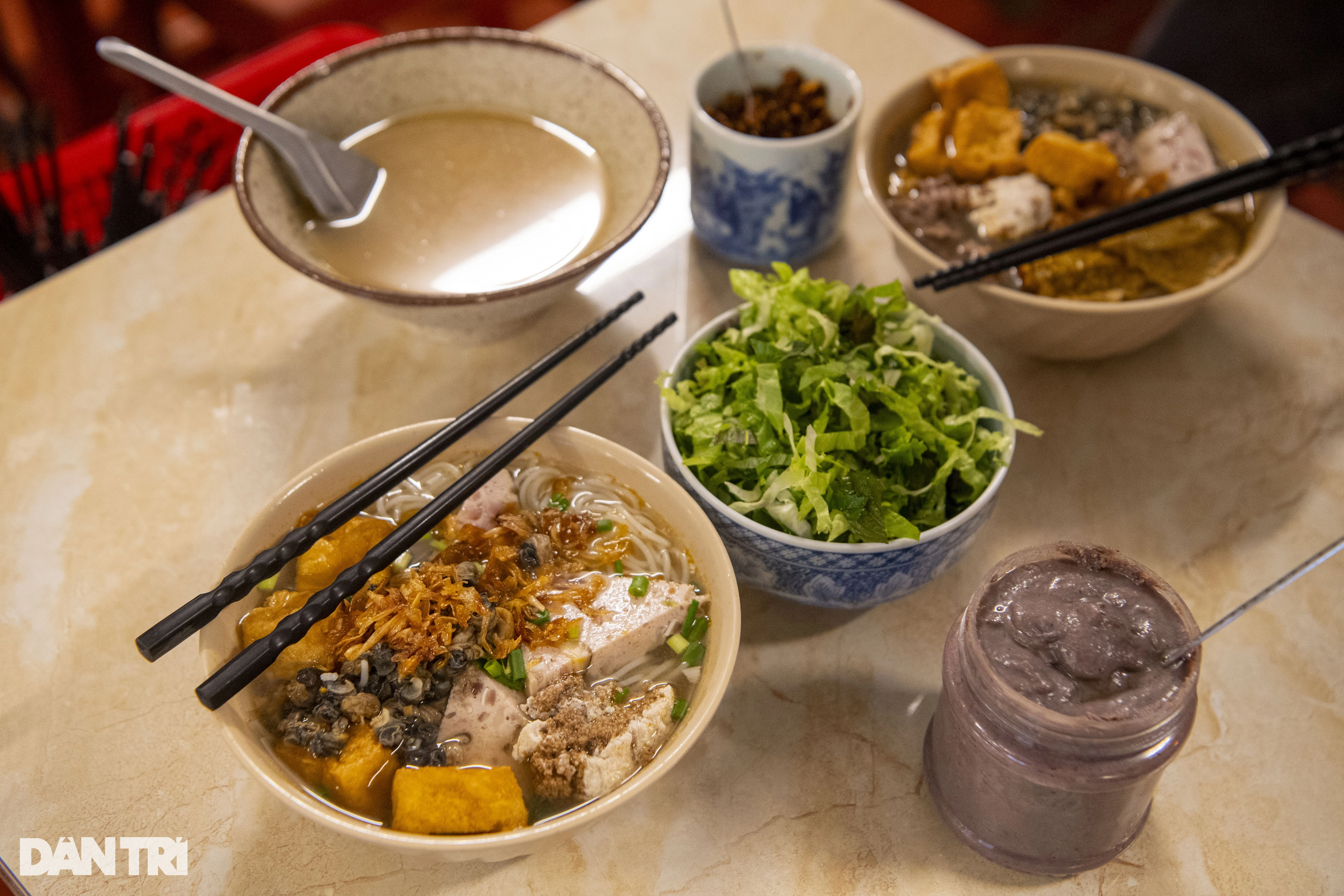
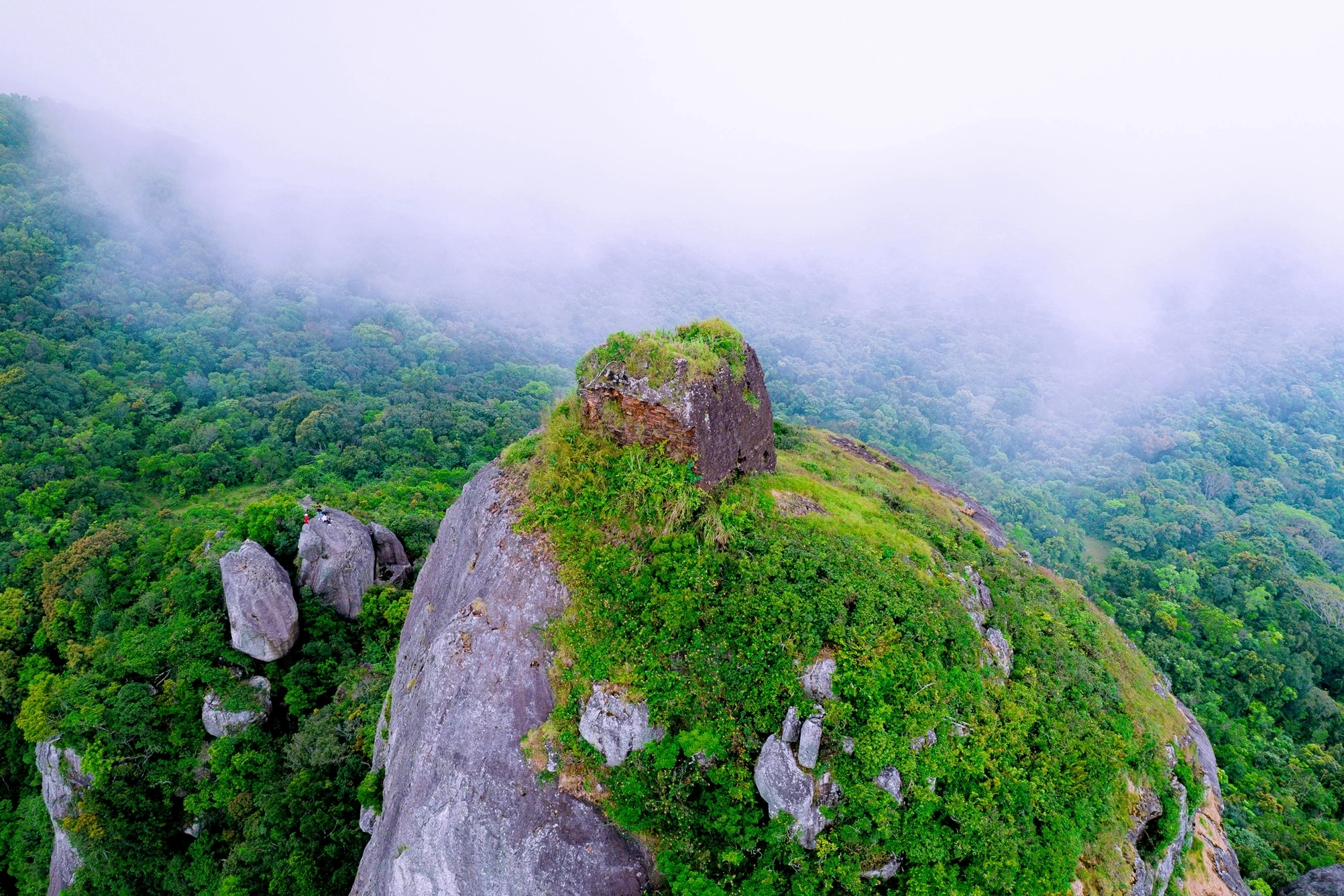
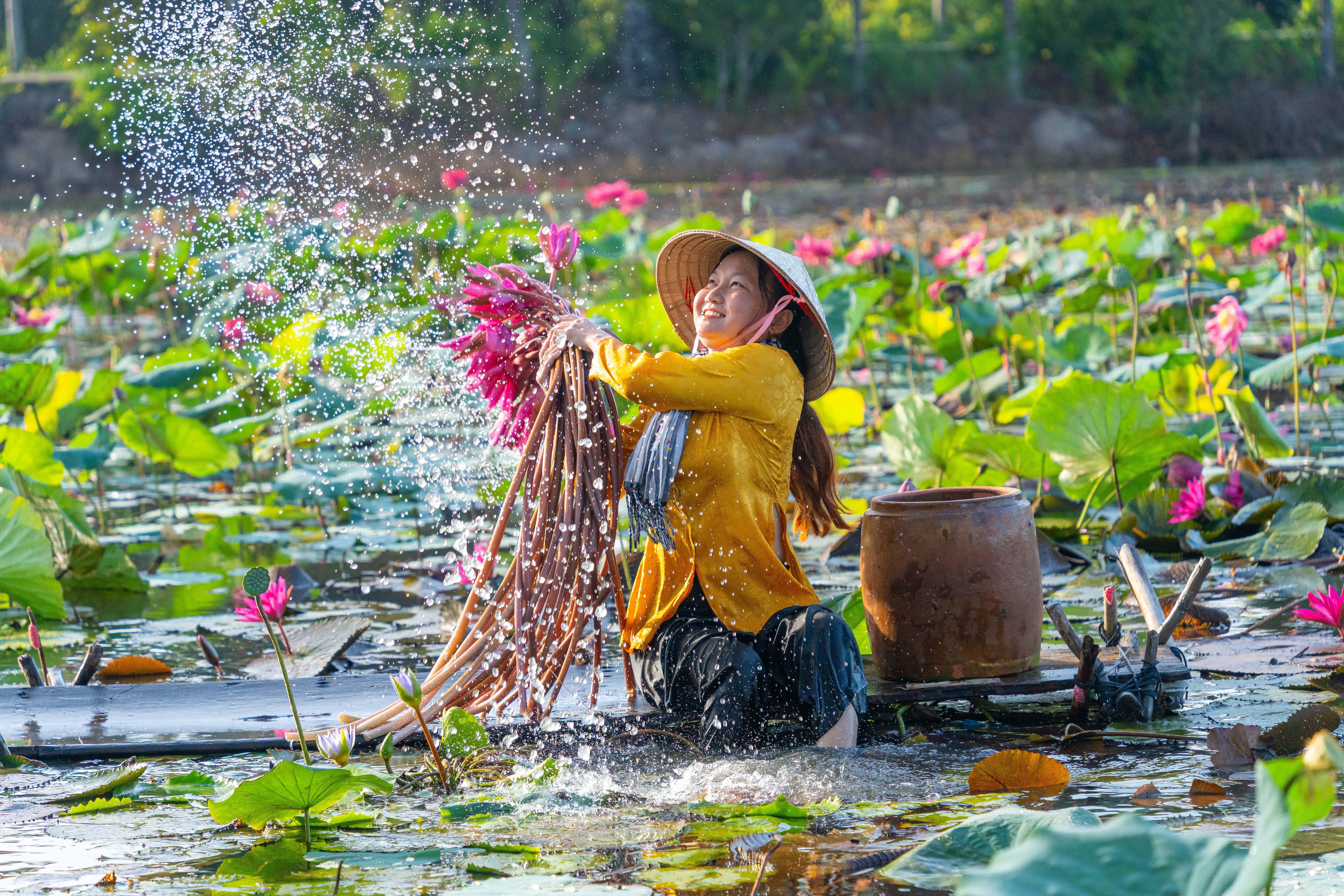

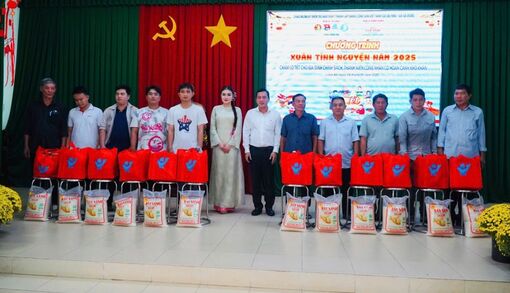
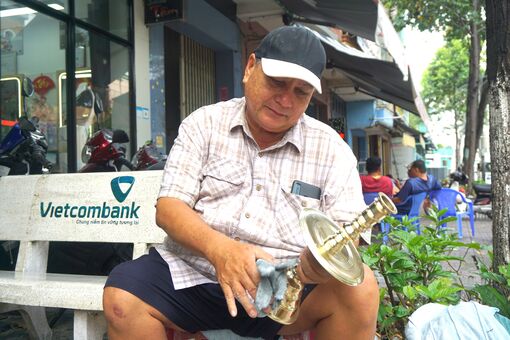
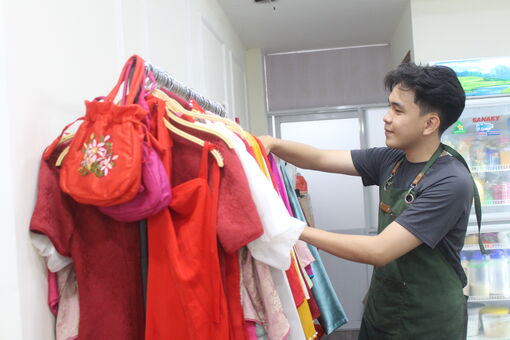
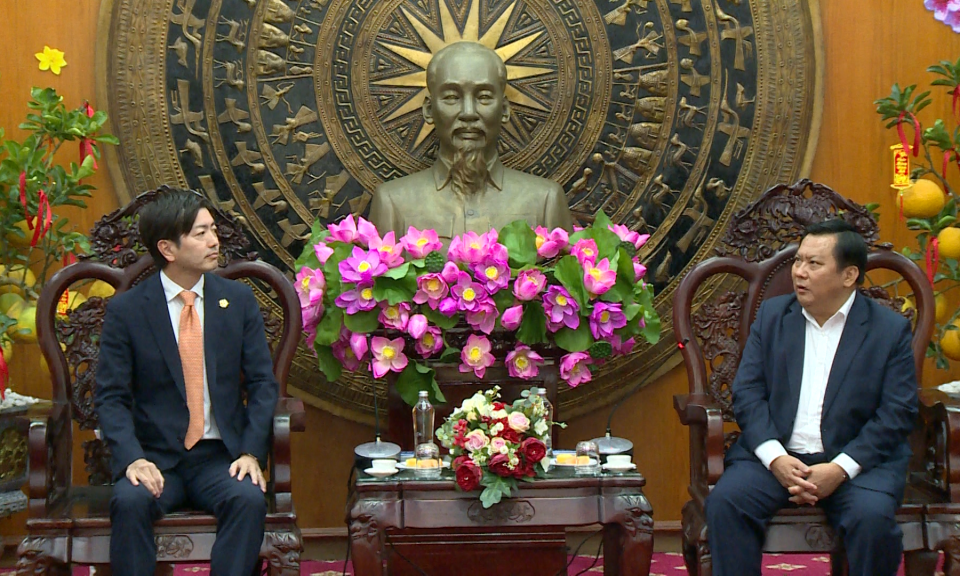
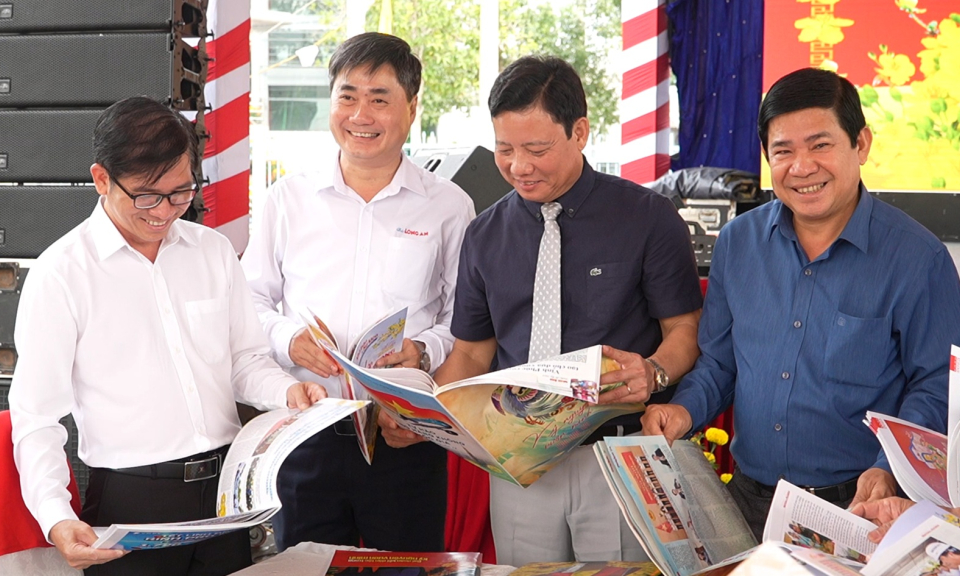
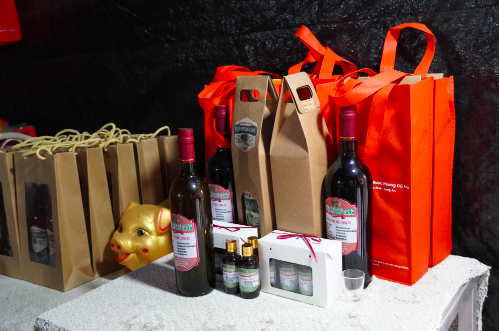
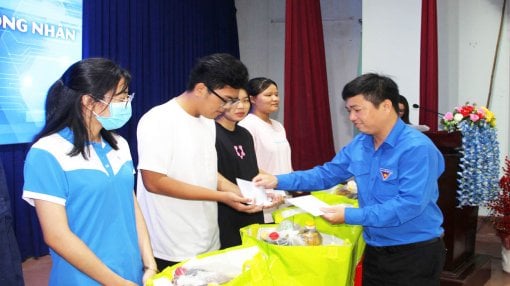
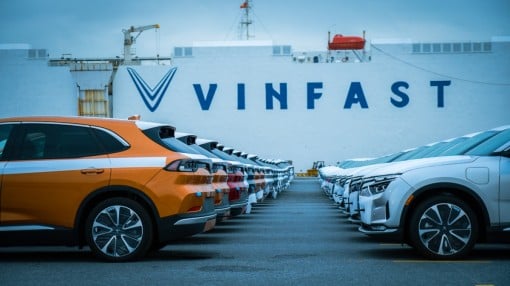
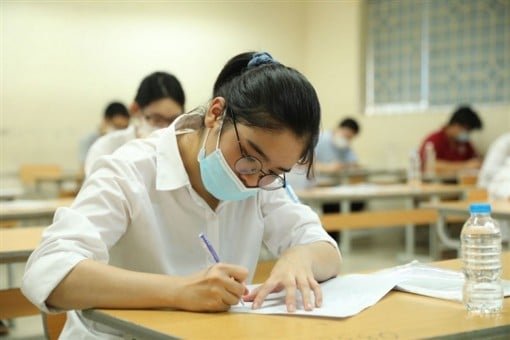
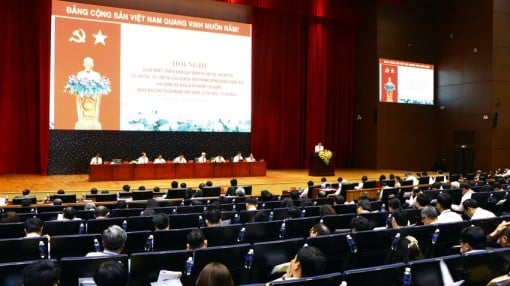
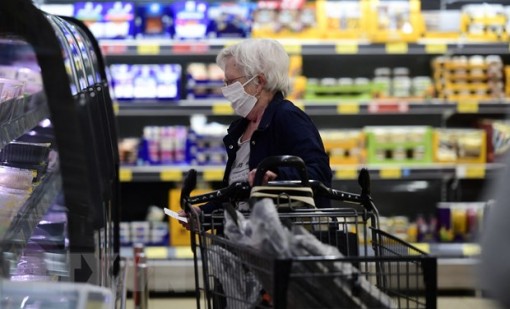


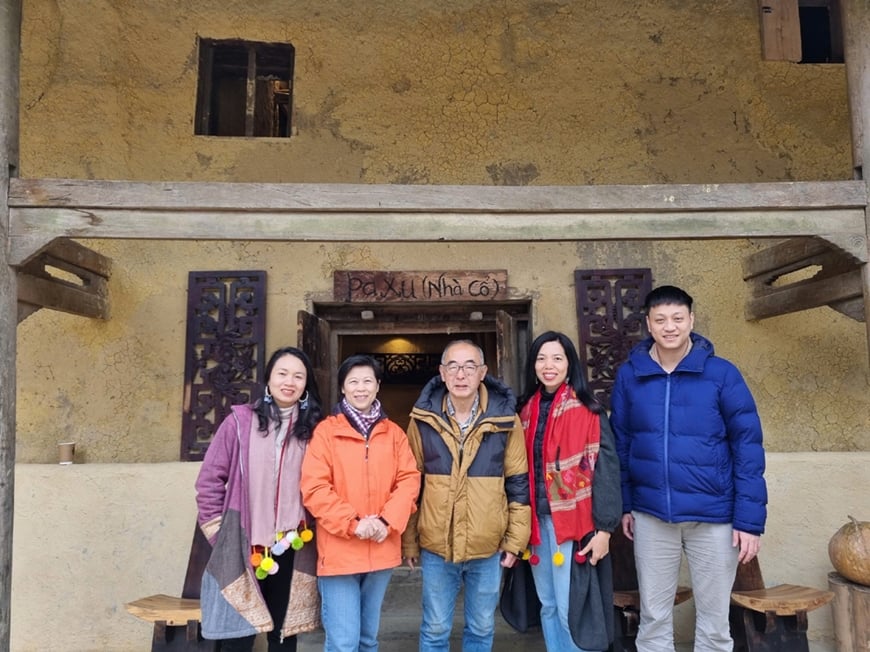



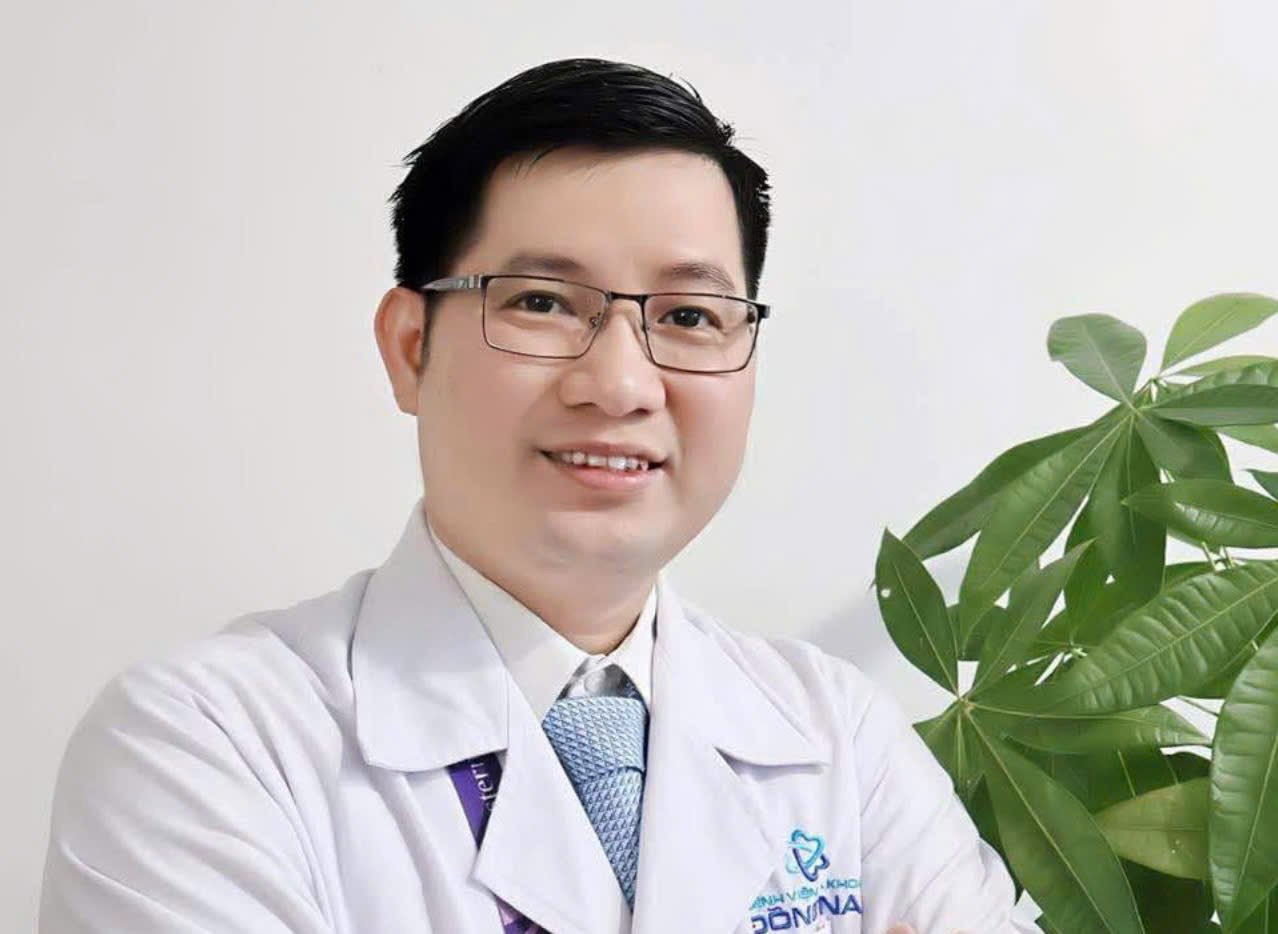

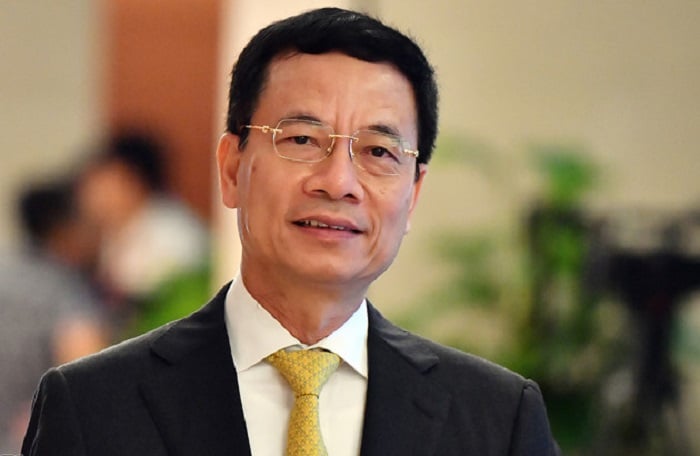




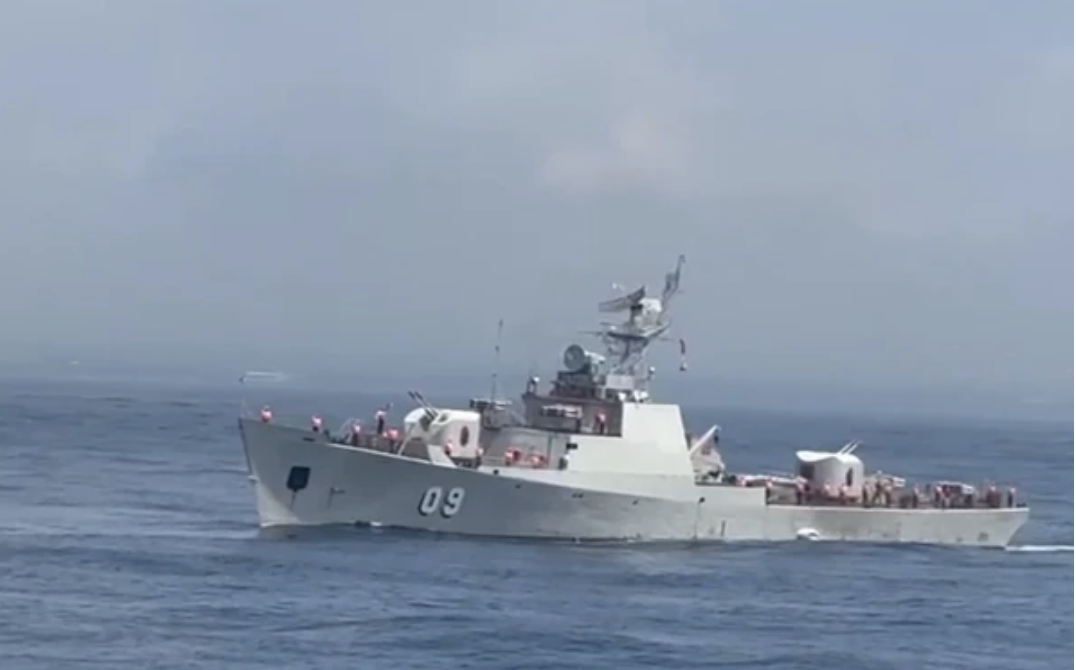
Comment (0)